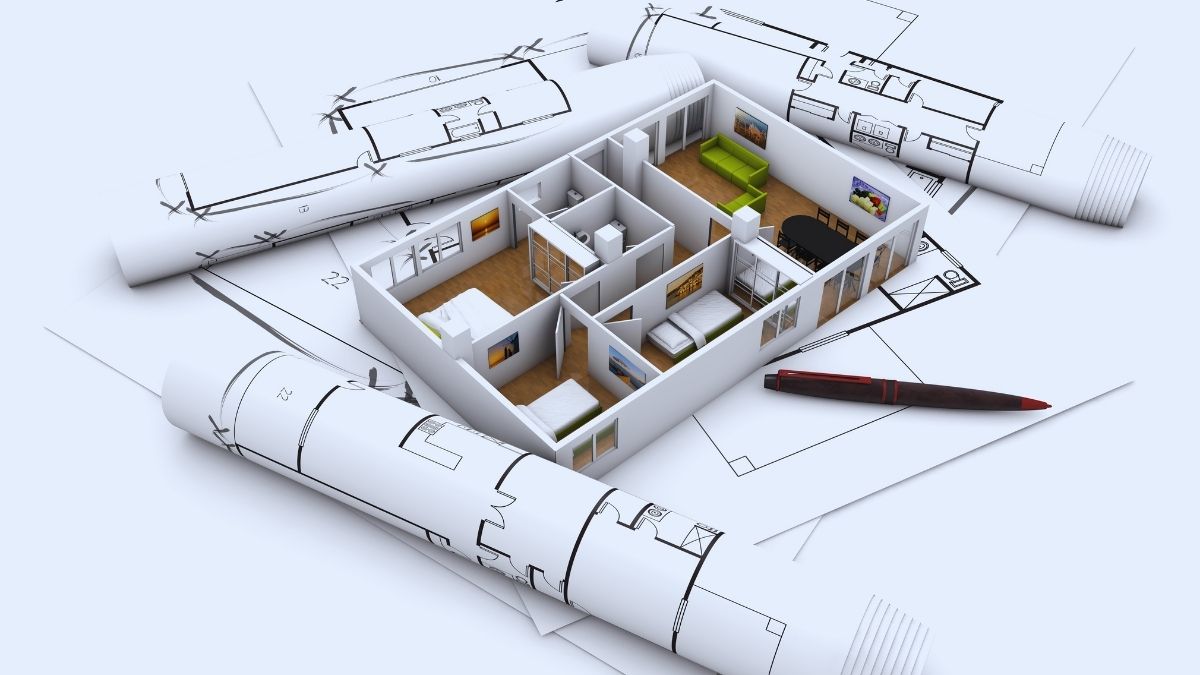Last Updated on May 8, 2025 by Kravelv Spiegel
In today’s fast-paced world, shared spaces are more common than ever—from office buildings and co-working hubs to apartment complexes and public libraries. These environments serve a diverse range of people and activities, making them particularly vulnerable to wear, tear, and hygiene concerns. To ensure these spaces remain functional, welcoming, and safe, the way they are designed plays a crucial role.
The Importance of Clean-Friendly Materials
Choosing the right materials is the first step in designing for both cleanliness and durability. Porous surfaces, while often stylish, can trap dirt, bacteria, and moisture. Instead, designers should opt for non-porous materials like sealed concrete, stainless steel, high-pressure laminates, and quartz, which are easier to disinfect and maintain over time.
Flooring is especially critical. In high-traffic zones, vinyl, rubber, or sealed stone flooring can withstand heavy use while still being easy to clean. Carpets, if used, should be low-pile and treated for stain resistance. In settings where sanitation is paramount—like medical offices or shared kitchens—floor-to-wall coving can eliminate hard-to-clean crevices.
Layouts That Support Hygiene
The layout of a shared space has a direct impact on how easily it can be kept clean. Open spaces allow for better airflow and easier access for cleaning equipment. Strategic placement of trash receptacles, hand sanitizing stations, and shoe cleaning mats can reduce the spread of dirt and germs.
Partitions and barriers should be made of wipeable materials and designed with minimal seams or joints. Where privacy is needed, curtains or acoustic panels that can be machine-washed are preferable to heavy, fixed fabric structures that attract dust.
Designing for Daily Maintenance
In shared spaces, cleaning isn’t a once-a-week task—it’s ongoing. Designers should think about how janitorial teams will interact with the space. That includes providing easy access to water sources, drainage, storage areas for supplies, and even designated zones for temporary furniture storage during deep cleans.
Lighting also plays a role. Bright, natural or well-distributed artificial lighting not only makes a space more pleasant but also makes dirt and spills more visible—ensuring quicker clean-ups and deterring neglect.
Durable Fixtures and Furnishings
Furniture in shared spaces must be chosen with both comfort and longevity in mind. Materials like powder-coated steel, marine-grade vinyl, and solid hardwoods stand up to repeated use and can be sanitized without damage. Avoid upholstered furniture that can’t be steam cleaned or disinfected, especially in spaces used by many different people daily.
Built-in furniture often lasts longer than freestanding alternatives, especially when it’s custom-designed to avoid gaps and seams where debris can collect.
Partnering with Professional Cleaners
Even the best-designed space requires a robust cleaning schedule to maintain hygiene standards. For high-use environments, working with expert services like Hobarts Commercial Cleaners ensures that the space receives specialized attention tailored to its specific layout, materials, and usage patterns. Their experience in commercial environments means they can help extend the life of furnishings and finishes, while also improving the day-to-day experience of users.
Long-Term Value Through Smart Design
Ultimately, designing for cleanliness and longevity is not just about aesthetics or first impressions—it’s about creating an environment that continues to serve its purpose safely and effectively. This kind of design reduces maintenance costs, minimizes disruptions caused by repairs or refurbishments, and helps foster a sense of pride and responsibility among users.
When cleanliness is built into the DNA of a shared space, it becomes easier to maintain and more pleasant for everyone who passes through. Thoughtful design, when combined with a professional cleaning strategy, can transform a high-traffic area from a potential hygiene risk into a long-lasting asset.

